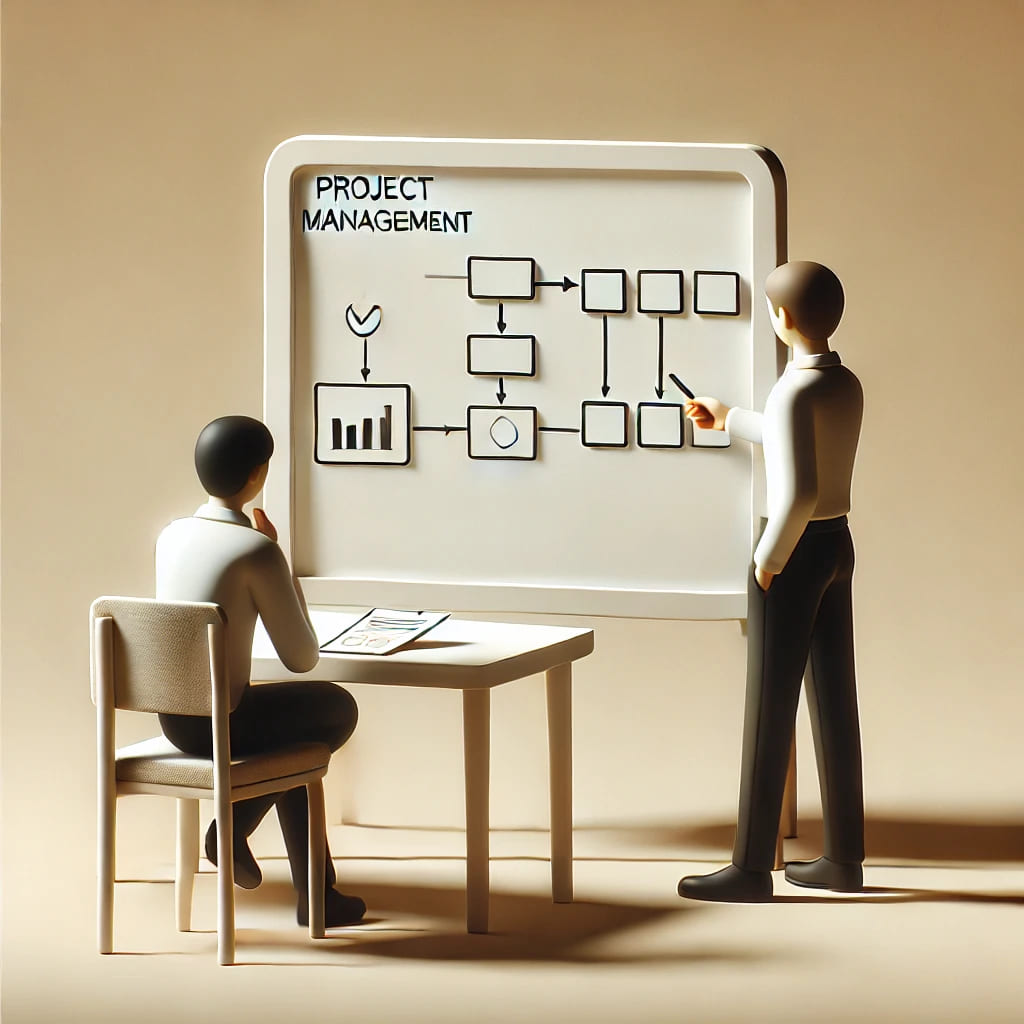Introduction
Scope management is a critical component of project management, responsible for defining and controlling what is and is not included in the project. This article aims to offer a comprehensive guide to scope management, its processes, and the tools and techniques that can be employed to manage scope effectively.
Learning Objectives
By the end of this article, you should be able to:
- Understand the importance of scope management in projects
- Identify the key processes involved in scope management
- Utilize tools and techniques for defining, validating, and controlling scope
- Recognize the impact of scope creep and how to mitigate it
- Apply best practices in scope management
Why Scope Management is Crucial
The scope of a project defines its boundaries. It outlines what will be delivered as part of the project and what will not. Effective scope management ensures that all the work required—and only the work required—is included in the project.
Key Takeaway: Proper scope management is essential for delivering a project on time, within budget, and to the satisfaction of stakeholders.
Key Processes in Scope Management
Scope management generally involves six key processes:
- Plan Scope Management: Creating a scope management plan that outlines how the project scope will be defined, validated, and controlled.
- Collect Requirements: Documenting the needs, wants, and expectations of stakeholders.
- Define Scope: Developing a detailed description of the project and its deliverables.
- Create WBS (Work Breakdown Structure): Breaking down project deliverables into smaller, more manageable pieces.
- Validate Scope: Formalizing the acceptance of project deliverables.
- Control Scope: Monitoring the project scope and managing changes to it.
Key Takeaway: Each process is crucial for defining and controlling the project scope effectively.
Tools and Techniques for Scope Management
Plan Scope Management
- Tools: Scope Management Plan, Requirements Management Plan
- Techniques: Expert Judgment, Data Analysis
Collect Requirements
- Tools: Interviews, Surveys, Observations
- Techniques: Brainstorming, Focus Groups
Define Scope
- Tools: Project Charter, Scope Statement
- Techniques: Alternatives Analysis, Cost-Benefit Analysis
Create WBS
- Tools: Decomposition, WBS Templates
- Techniques: Expert Judgment, Historical Information
Key Takeaway: The right tools and techniques can make scope management more effective and efficient.
Managing Scope Creep
Scope creep refers to uncontrolled changes in a project’s scope. It can be mitigated by:
- Clear documentation
- Regular stakeholder communication
- Change control systems
Key Takeaway: Proactive management is essential to control scope creep.
Best Practices in Scope Management
- Clear Documentation: Always document scope definitions and changes clearly.
- Stakeholder Involvement: Involve stakeholders in scope definition and changes.
- Regular Reviews: Conduct regular scope reviews to ensure alignment with project objectives.
Key Takeaway: Implementing best practices can help you manage scope effectively and keep the project on track.
Conclusion
Scope management is an integral part of project management that ensures the project delivers what it promises. By understanding its key processes, tools, and techniques, you can better manage your projects and meet or exceed stakeholder expectations.



